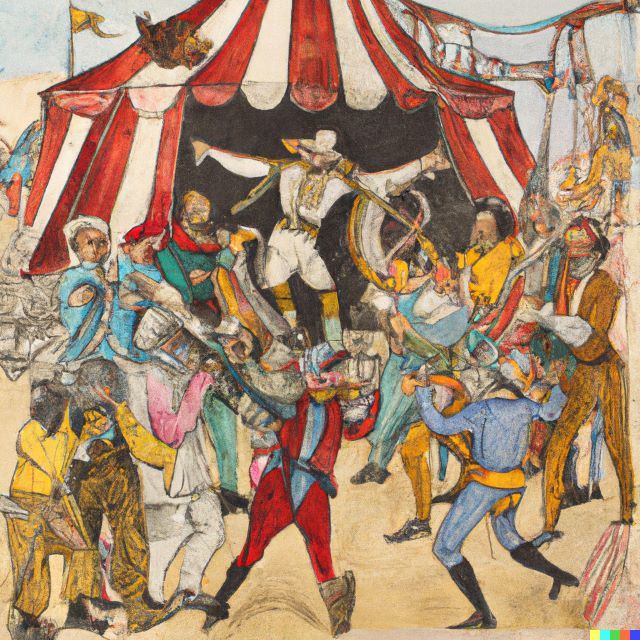The Persecution of José Macedonio Espinoza's Troupe by the Inquisition
The conflict between stable circus companies and itinerant puppeteers in 18th-century New Spain, focusing on the persecution of José Macedonio Espinoza's troupe by the Inquisition. The article tells us more about the history of entertainment and censorship in New Spain in the 18th century.





